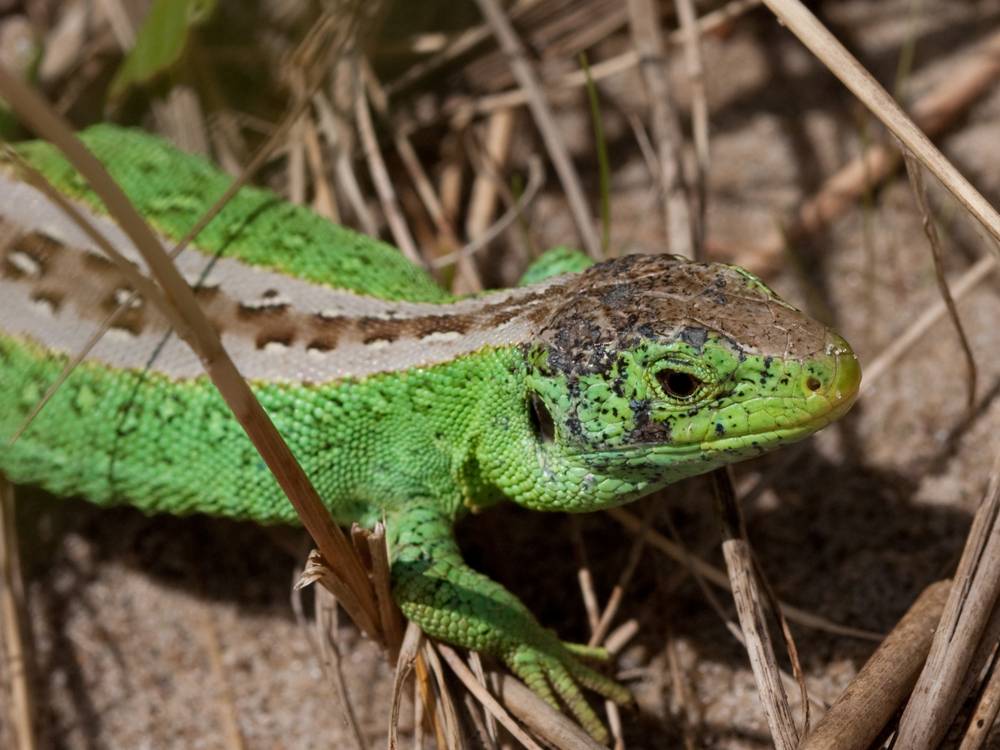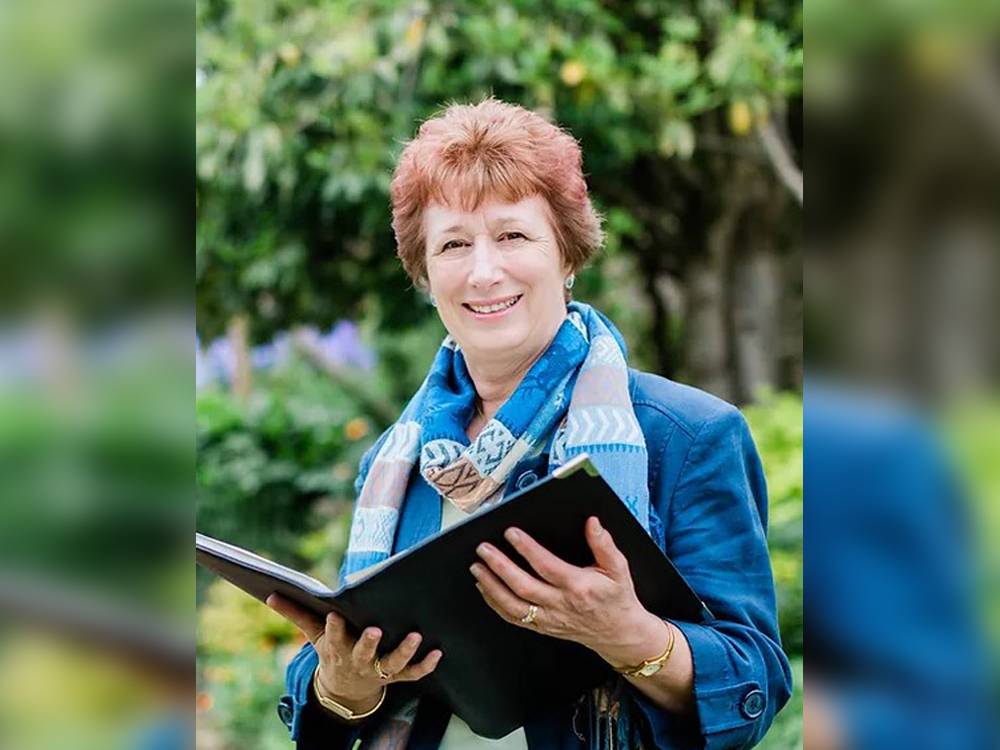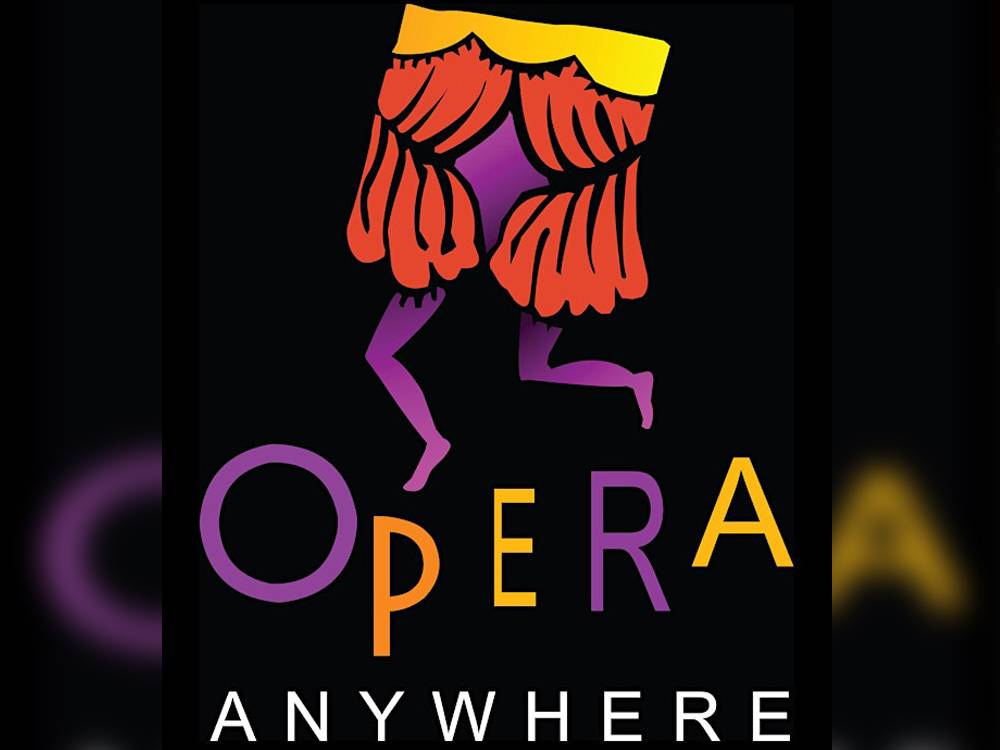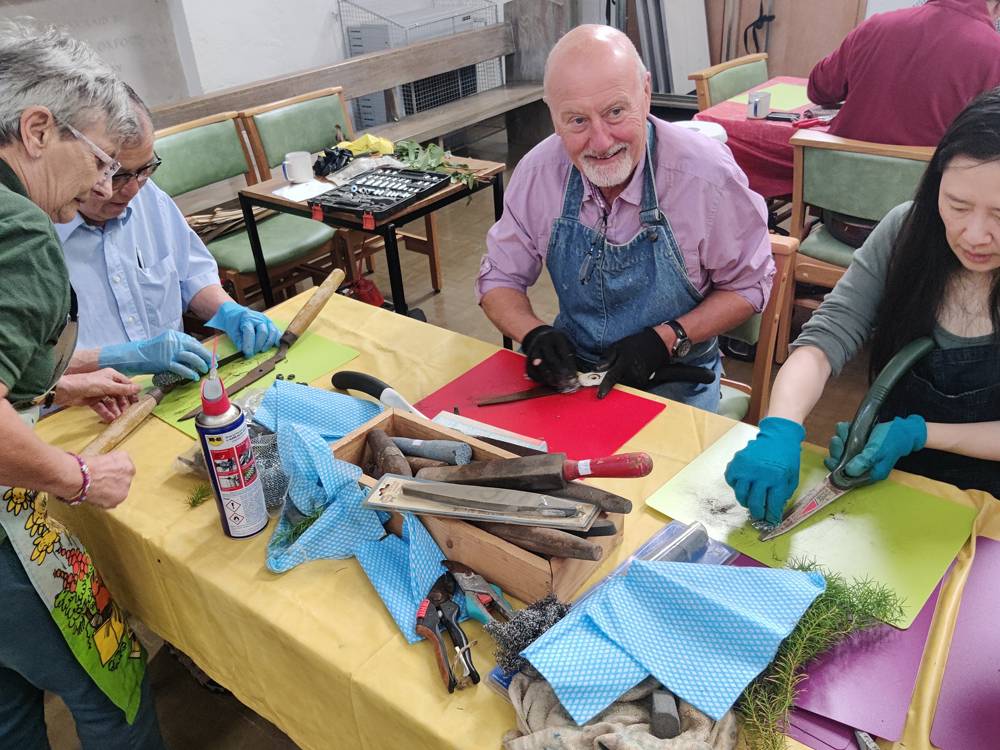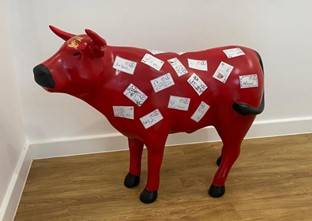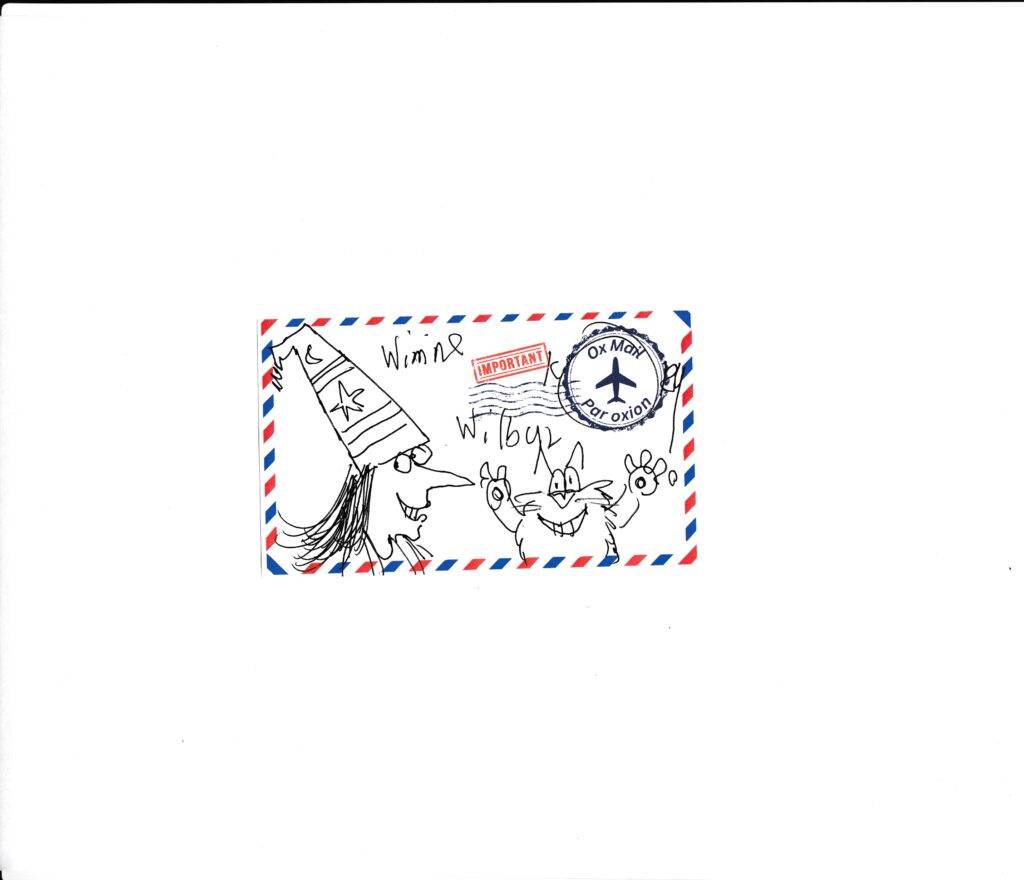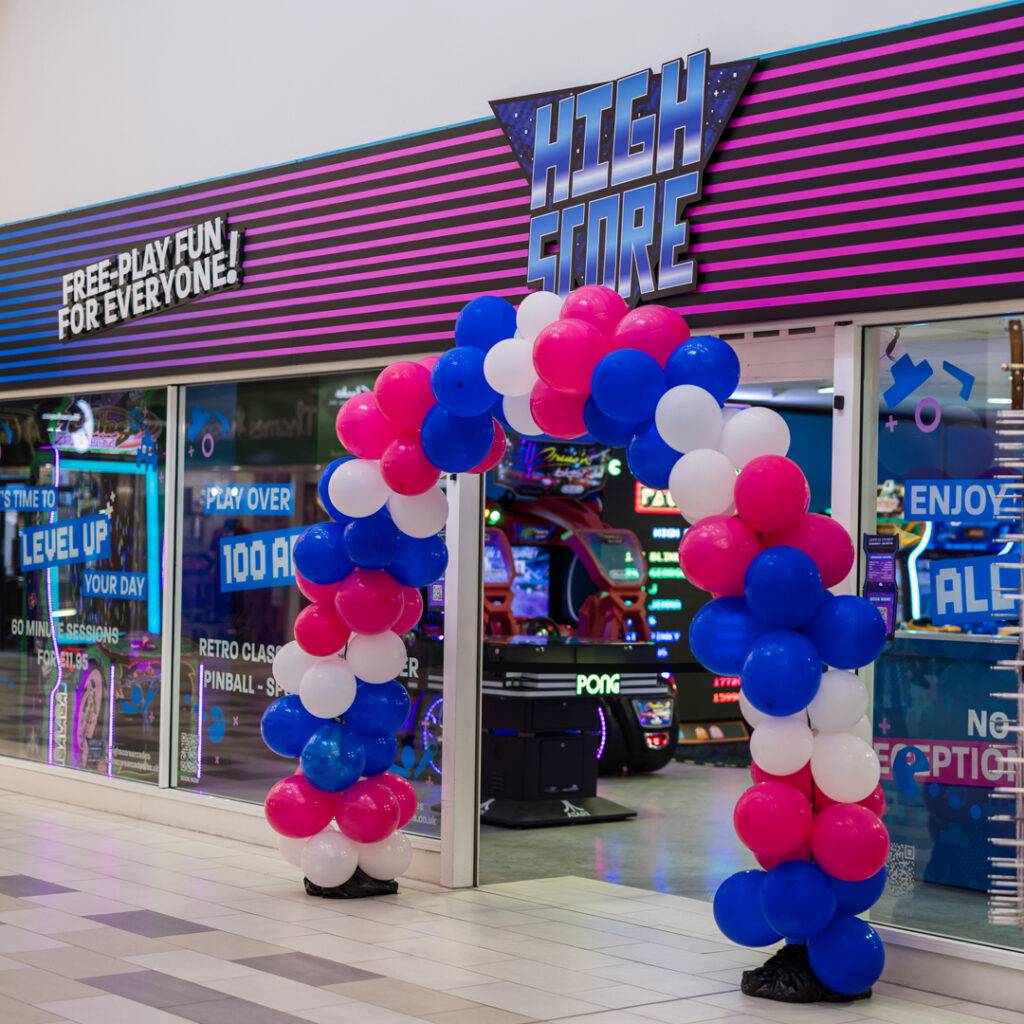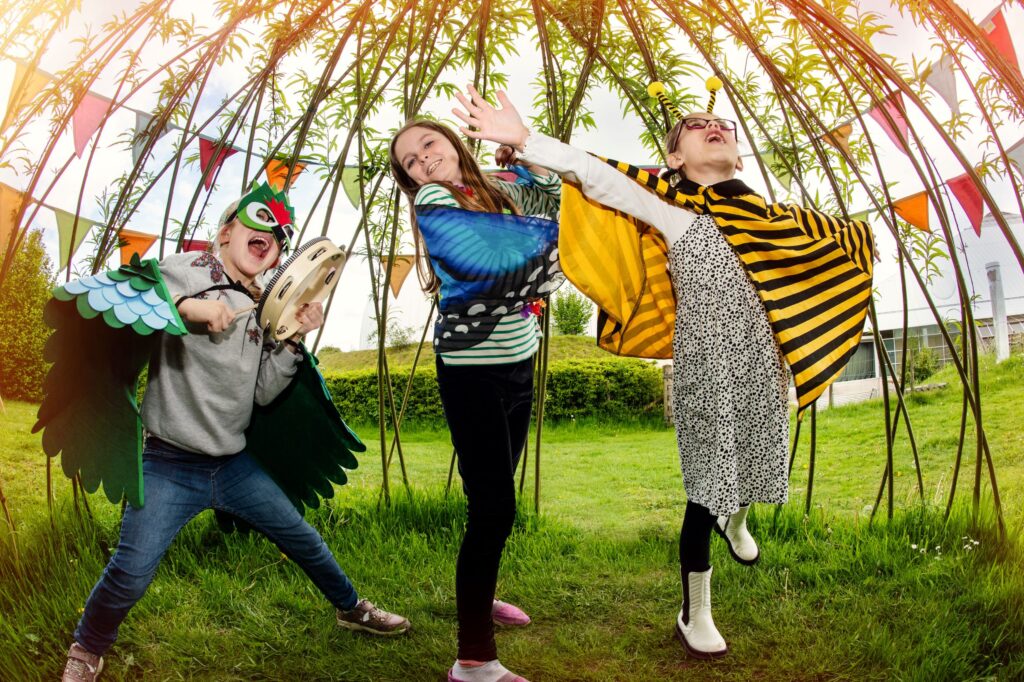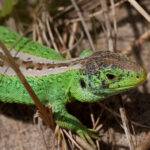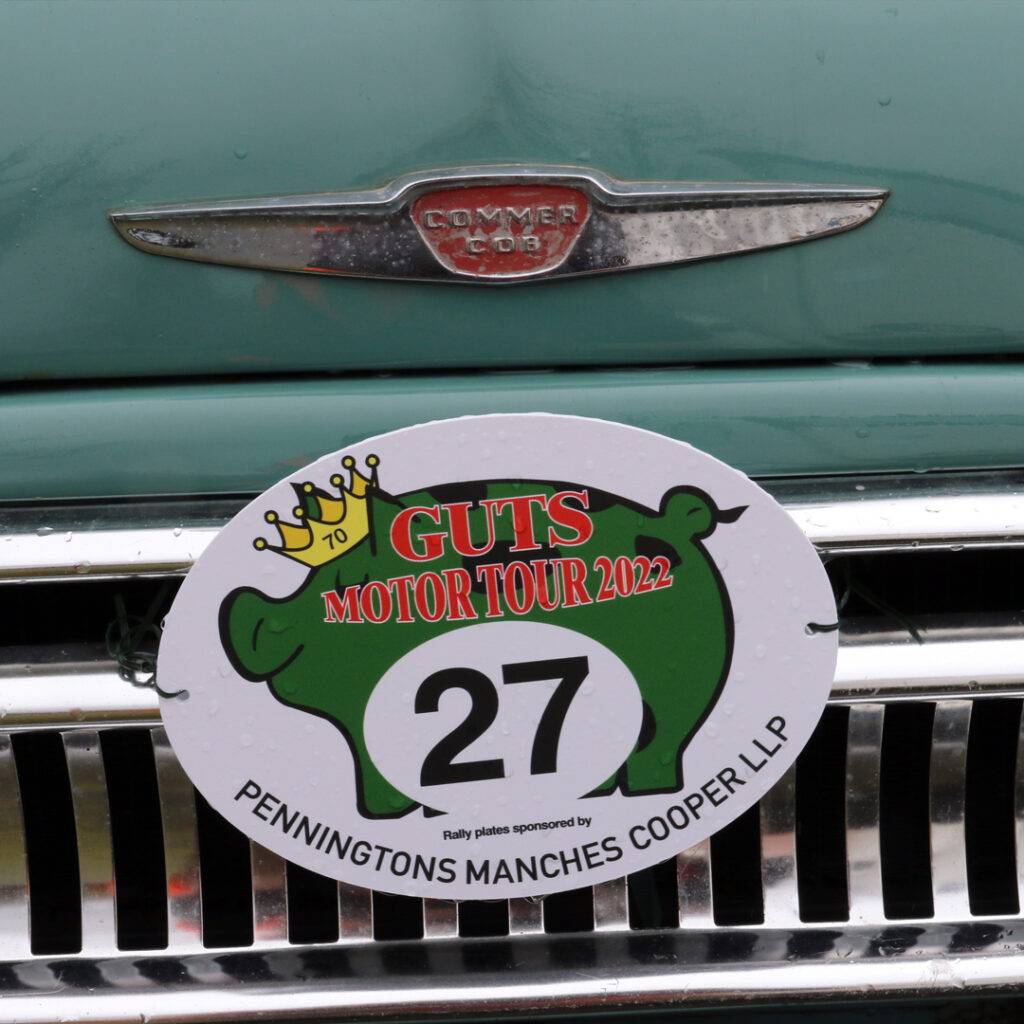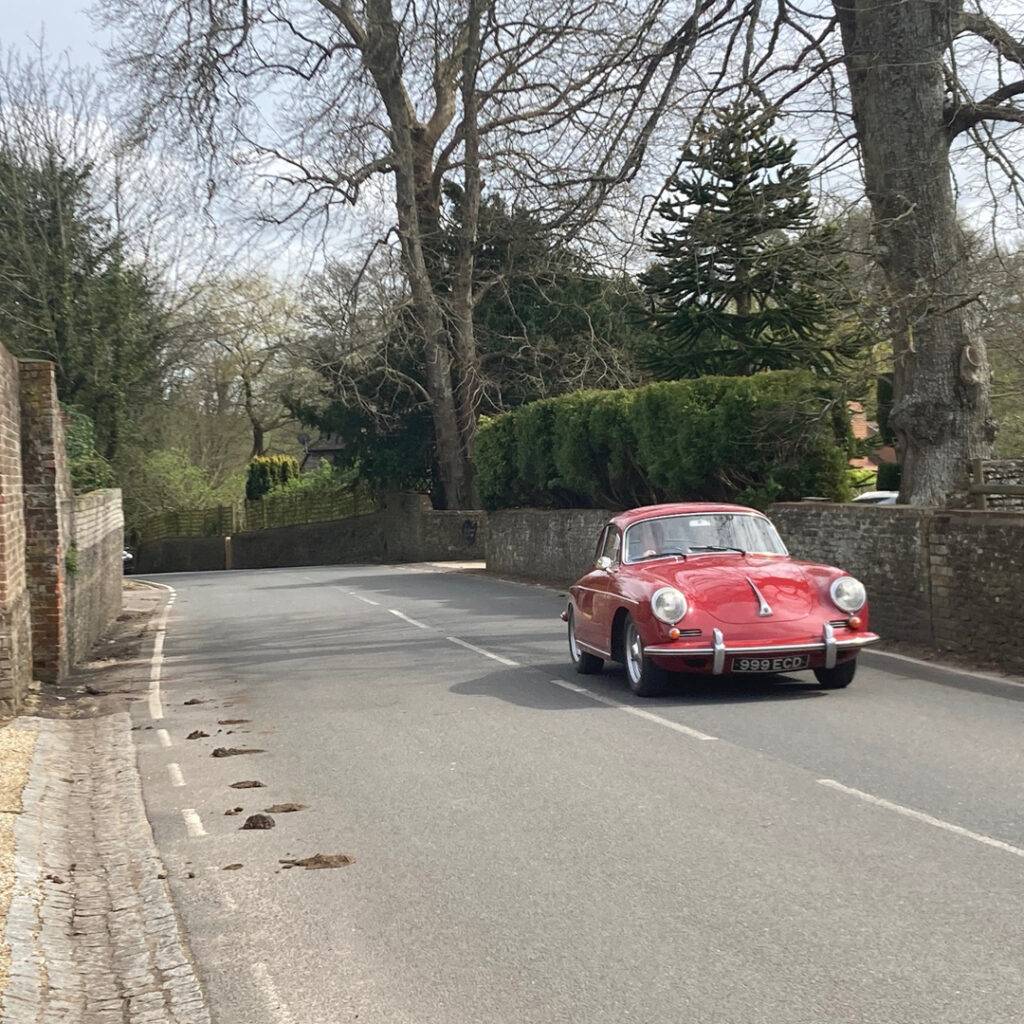Image by: Phil Kemp
Follow us
This year marks the 21st anniversary of the GUTS Motor Tour with veteran, vintage, historic, classic and modern classic cars taking to the roads of Surrey, Hampshire and Sussex on September 15th to raise vital fund for GUTS – Fighting Bowel Cancer
Classic cars, beautiful country roads and stunning scenery all make for a wonderful day of motoring and camaraderie while helping to save lives.
The GUTS Motor Tour is a relaxing and leisurely 60-mile drive on picturesque country roads around the three counties. There’s no element of driving competition and no special qualifications are needed to take part.
The route, secret until the day, is defined by easy-to-follow tulip diagrams and a picture quiz along the way adds to the fun of the Tour. This year’s route will take the participants from Haskins Forest Lodge Garden Centre, Holt Pound, Farnham, where you’ll enjoy a breakfast snack before embarking on the 50-60 mile tour on an attractive route with a mid-morning coffee halt at an unusual and interesting location. Back on the scenic route, this year’s destination is Hollycombe Working Steam Museum in the South Downs National Park, near Liphook in Hampshire, home to Britain’s largest collection of working steam, the largest traditional fairground, as well as steam railways and a steam farm. Aside from a fascinating dive into history, rides are available on authentic steam-driven Victorian and Edwardian fairground attractions and the narrow-gauge quarry railway.
The entry fee for the 2024 GUTS Motor Tour remains at £99 for a car, driver and one passenger. Extra passengers are £15 per person. This includes tea/coffee and breakfast snack at the start, a souvenir car plate, event pack and free entry to Hollycombe with attraction rides included. Among the awards on the day are the Car of the Tour – as voted by the participants – the Spirit of the Tour, which is awarded to the crew epitomising the values of the GUTS Motor Tour, and the winners of the Picture Quiz.
For more information and a booking form, please email [email protected] to secure your place by 31st July. You and your car can make a difference to this life-saving charity. And if you’re not taking part, look out for the cars en route or greet as they reach Hollycombe Steam at the end.
GUTS (Guildford Undetected Tumour Screening), established in 1983 at the Royal Surrey County Hospital, is a registered charity supporting the early detection, treatment and research into bowel cancer. It relies solely on donations to help fund equipment and training to improve care, and its annual Motor Tour helps to raise funds that enable the charity to continue its work. These stories tell how it helps:
Martin’s story
Martin was recently treated for bowel cancer at the Royal Surrey, He and his wife were so grateful for the excellent care and treatment he received – thanks in no small part to equipment and facilities funded by GUTS – that he used a special celebration to fundraise for the charity, asking for donations in lieu of gifts.
He says: “I was diagnosed with stage three bowel cancer three and a half years ago. It was a very scary time and I found it hard to accept how my life might change. However, with the medical skills and technology available, I have recovered well and am able to enjoy life to the full once again. I will always be thankful for the treatment and care I received. Our party was a celebration of 40 years marriage, an opportunity to say thank you to al our friends and family that supported us and the chance to raise funds for such a personal cause.”
Doris’s story
When she was in her mid-60s, Doris was diagnosed with bowel cancer. She was swiftly diagnosed and successfully underwent surgery under the care of GUTS founder Professor Chris Marks. From that day onwards says Hayley Gallagher of the charity, both my grandmother and mother were forever grateful and did as much as they could to champion the work of GUTs. “To say the path of Doris’s life changed immeasurably is an understatement; she lived to be a happy, glamourous and active 105-year-old!”
Marie’s story
Marie became a GUTS supporter when her mother was diagnosed and successfully treated by GUTS founder Professor Chris Marks. At that time, GUTS ran its own pioneering screening programme for bowel cancer, providing screening for thousands of patients in Surrey and surrounding counties. Then – as now – early diagnosis offered the best chance of successful treatment for bowl cancer. The GUTS screening programme was later absorbed into the National Bowel Cancer Screening Programme, which started in 2006.
Marie’s mum was diagnosed with bowel cancer 24 years ago at the age of 68. She would need a colostomy, chemotherapy and radiotherapy. She says: “I was 38 and it was the first time cancer had touched my family and I was devastated. I didn’t even know you could get cancer in your bottom. Mum survived her bowel cancer.
“I then channelled my energies into raising money for GUTs. We’ve had a lot of fun with barn dances, line dances, a raft race, cycle rides, point to point, rattling tins outside stores etc etc. I’m now 62 and mum, who still lives independently at home, is 92.”
Marie received her screening kit at home and sent it back. She takes up her story: “Results ‘abnormal’ and the second test also came back abnormal. Within a week I was invited to speak with a specialist nurse about going forward with a colonoscopy. A sinister mass was picked up and biopsies taken, CT scan booked and the appointment to discuss my results.
“I am delighted to say that because of the screening programme my tumour, although cancerous, was caught early and contained. I am booked to have a bowel resection by keyhole surgery and feel like the luckiest woman in the world.”
Marie’s story illustrates the importance of taking part in the screening programme. Information about bowel cancer screening, symptoms and treatment can be found at Bowel Cancer Charity | GUTS FBC
Latest articles








